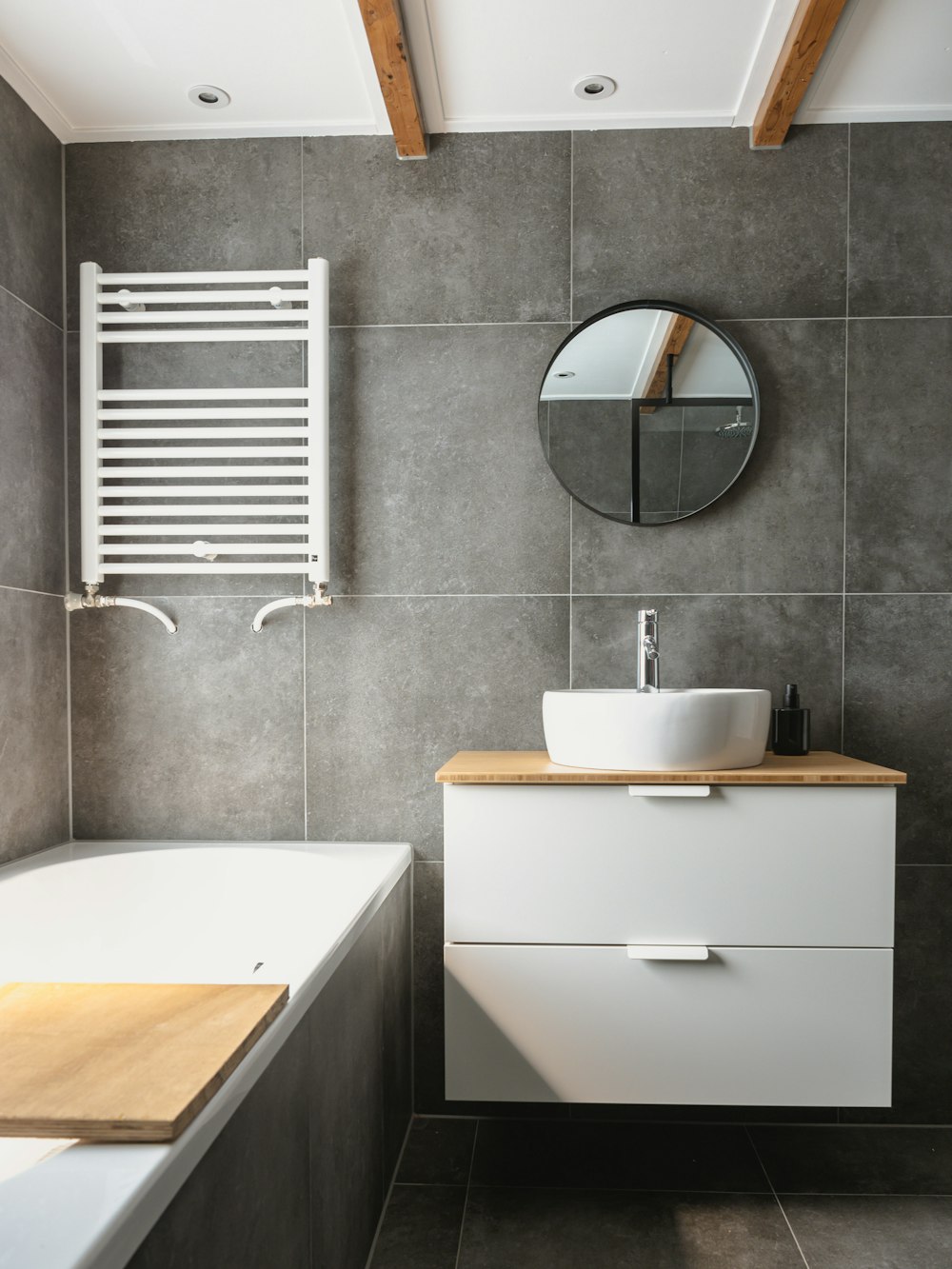The most popular way of covering a wall is by painting it; flat, satin, semi-gloss, or gloss. There are various paints that you can choose from, but you can also choose options other than paint. There is nothing bad with the basic standard paint; however, a little switch will hurt no one. You may choose to go with wallpaper as it is a safe alternative that can be removed at any time, but if you want to know more about ‘wall coverings’, keep on reading.
Be cautious when choosing your wall covering, as some of them are highly textured or have a lot of details, so you don’t want to use it in an entire room or entire house as it will give a highly crowded effect.
Colorful Wainscoting
Any wall covering that only extends a portion of the way up the wall is referred to as wainscotting. On an 8-foot (96-inch) wall, a wainscot typically rises to roughly one-third of the overall height of the wall, or 32 inches. A chair rail molding commonly surrounds the top of the wainscot. However, very high wainscoting, a popular treatment in dining rooms and dens, is also achievable.
Wainscotting is commonly built of white painted wood beadboard, but it can also be made of other materials like stained and polished hardwood paneling or a stretch of complementing wallpaper. The look may sometimes be produced simply by dividing portions of the wall with chair rail molding and painting the bottom piece a contrasting color.
Tile Wainscoting
Because of its waterproof nature and ease of cleaning, tile is incredibly popular for wainscotting, particularly in bathrooms and kitchens. Although most wainscoting is constructed of wood, it is not required. However, be daring and use tile wainscoting in any space where the appearance is suitable. Also, don’t limit yourself to regular ceramic tiles- porcelain and glass tiles provide some interesting wainscoting alternatives.
Big box home improvement stores provide a limited range of tiles at reasonable costs, but a local specialized tile store has a larger selection and superior design expertise. Tile store consultants may be able to assist you in choosing the right tile for your wainscoting.
Floor-To-Ceiling Tile
Full tile walls are popular in bathrooms and certain kitchens, but they may also be used in other areas. Why should tile be limited to merely wainscoting? To make your walls pop with enthusiasm, continue the pattern to the ceiling.
However, utilizing tile in this manner necessitates some forethought and moderation. Bright colors and prominent patterns might offer too much visual attention, so they’re best used on a single accent wall to prevent overpowering the space. Another reason to limit their use to a single wall in the room is that hard surfaces can cause a room to reverberate with sound.
Metal Ceiling Tiles
Faux ceilings have been in vogue for quite a while now, but have you heard about metal ceilings? They give a very retro look to the room, just like in the Victorian era. You can choose from different kinds of metallic ceiling tiles: real, faux, and some are even made of high-quality polystyrene.
Leather or Faux-Leather Panels
Leather or faux-leather panels could cover a piece of a wall, but the aesthetic requires a specific room design. The style is super-swanky, sumptuous, and vintage, and it’s best for the walls behind a bed, couch, or easy chair.
Faux leather, not real leather, is the most cost-effective panel. Choose real leather for areas where physical contact is probable, such as behind a couch or chair. On the other hand, faux panels look fantastic when all you need is the appearance of leather.
There are different unusual ways to help you cover your walls; you should experiment with them to know what you like best. Let us know in the comments if you have any other way of covering walls…




